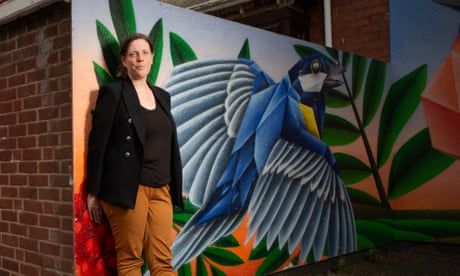
Government has announced ‘first steps’ of policy shift but given little detail on how it will measure its success. What else needs to happen?
In his pitch to voters in March last year, Keir Starmer said he wanted to “imagine a society where violence against women is stamped out everywhere”. His government would, he pledged, halve violence against women and girls in a decade. It was a bold, simple statement, widely welcomed for its ambition.
That something has to change is not in doubt. The first national analysis of the scale of violence against women and girls (VAWG) released in July by the National Police Chiefs’ Council (NPCC) estimated that 2 million women were victims of male violence every year – an epidemic so serious it amounts to a “national emergency”. VAWG crimes account for 20% of all police-recorded crime.
Embedding domestic abuse specialists in 999 control rooms.
A pilot of new domestic abuse protection orders to force more domestic abusers to stay away from their victims or face tougher sanctions.
Powers given to six police forces to charge domestic abuse suspects without first going to the Crown Prosecution Service (CPS).
Specialist advisers for victims in domestic abuse, rape and sexual assault cases.
Plans to tackle sexism in schools, including training young male influencers to combat the toxic messages from people such as Andrew Tate.
Continue reading...